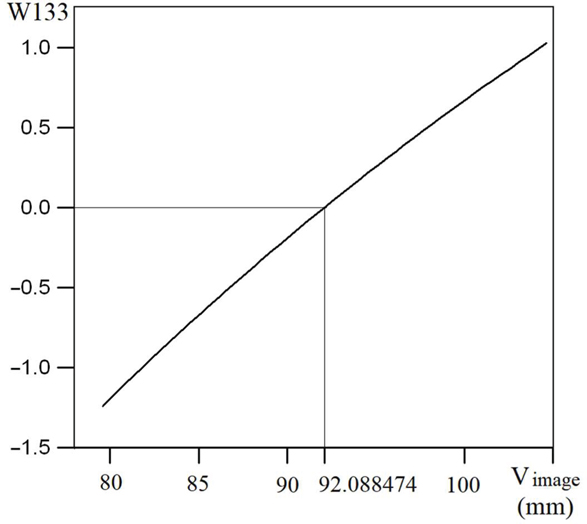Psang Lin. It is a sufficient condition only, not a necessary and sufficient condition, for decomposing wavefront aberrations[J]. Journal of the European Optical Society-Rapid Publications, 2022, 18(1): 2022004
Search by keywords or author
Journals >Journal of the European Optical Society-Rapid Publications >Volume 18 >Issue 1 >Page 2022004 > Article
- Journal of the European Optical Society-Rapid Publications
- Vol. 18, Issue 1, 2022004 (2022)
Abstract

Set citation alerts for the article
Please enter your email address



